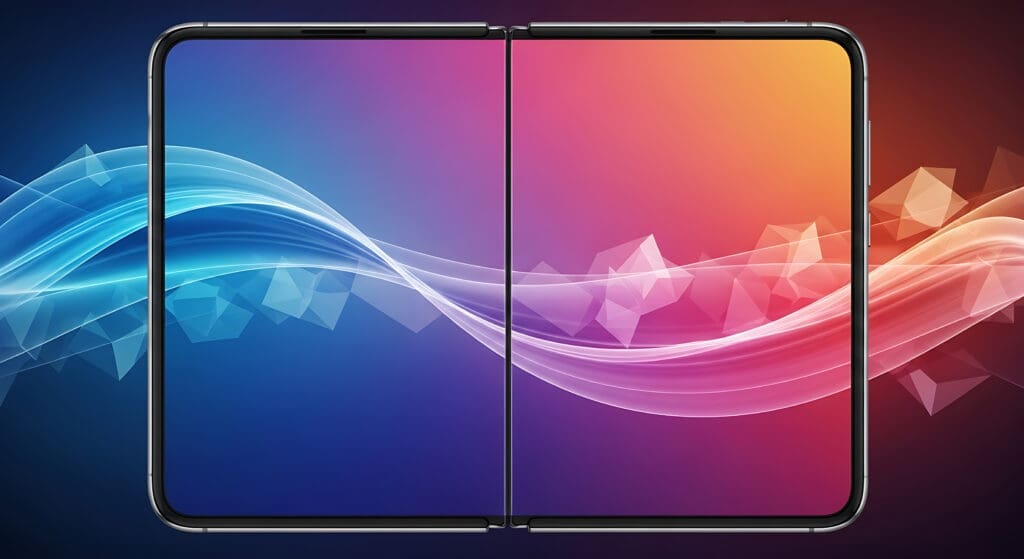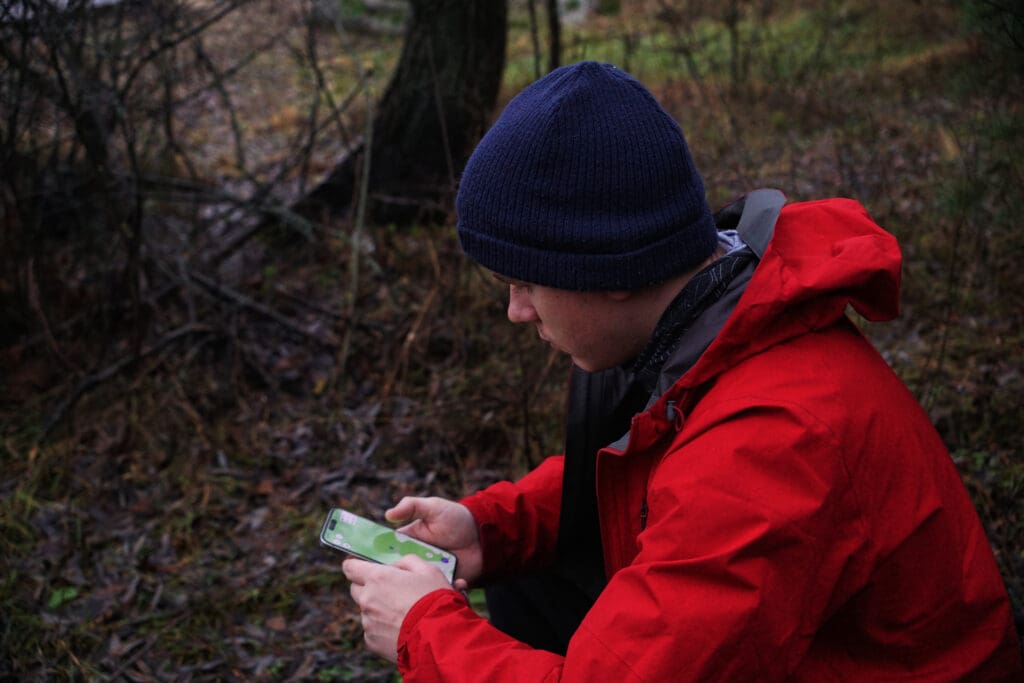Debugging…it is a necessary evil that all developers must do, except you of course..;) As long as humans program, we will have bugs in our code. I have never built a program that did not have bugs in it. It is not so much that I have poor programming habits (and sometimes I do), but speaks more to human nature. So I want to look at some debugging tips and techniques.
The first step in proper debugging is not having to do it at all. What do I mean? I am talking about good coding techniques. Developing good coding techniques will aid in reducing the number of bugs that pop up in your code. SO what are good coding techniques? That can be somewhat of a subjective debate, but here are some fairly general accepted standard practices…
- Comments…comment your code. This will save your sanity and those who have to work on your code later.
- 4 spaces indentation for each level of code
- Line length of no more than 80 characters
- End every line with a delimiter (semi-colon in JavaScript)
- Each code statement on its own line
- Use whitespace to improve readability (note: this does not apply to minification for production, but development only)
- Instantiation of variables at time of creation (as much as possible)
- Utilization of code validators
- Naming conventions
- Use camelCase
- Name variables/functions appropriately for their job
That is an extremely short list, but a list that, if followed, would go a long way to reducing your bugs and maintaining your sanity. In a future post, I will address some techniques with handling bugs that do crop up in our programs.
Happy Coding!
Clay Hess



